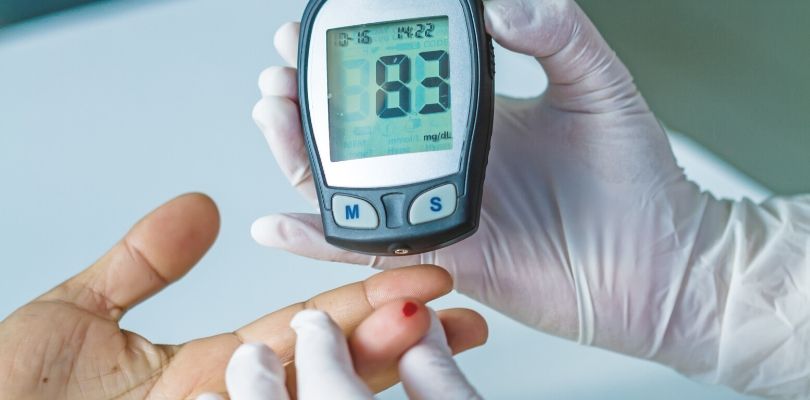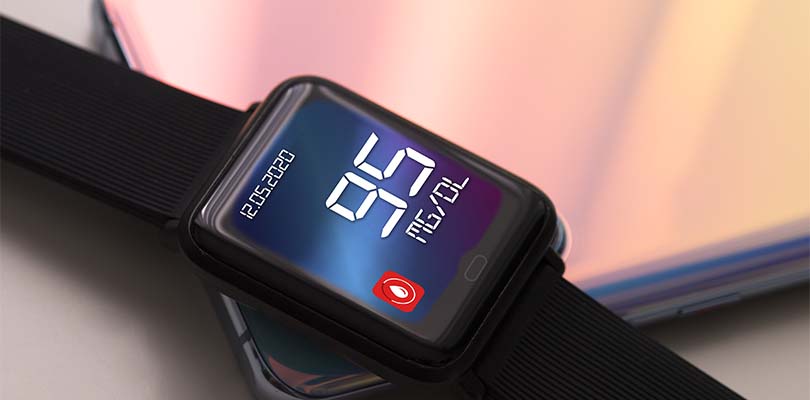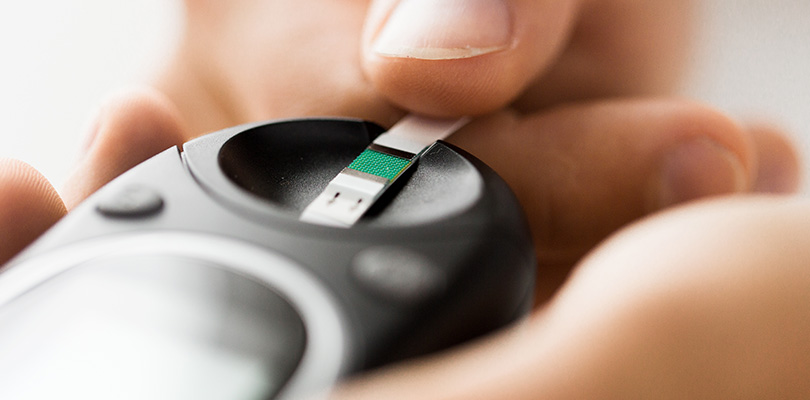How Are Trigger Finger and Diabetes Related?
As many people are aware, diabetes can lead to a host of additional health issues. What you may not realize is that it may also influence the musculoskeletal system as well. One of the common side effects for people living with diabetes is a condition known as trigger finger. Here, we will discuss what that is and how you can manage or treat it so you can get back to living your healthiest life.
What is Trigger Finger?
Trigger finger is a condition in which the tendons and ligaments in your fingers become compromised. While this condition is fairly common, it is also incredibly painful and can make it difficult to participate in daily activities. The outcome is the finger forming into a bent position similar to how it would if you were pulling the trigger of a gun. However, it does not just develop in the thumb. It can develop in any of your fingers and may even impact multiple fingers at once.
There are a few warning signs of trigger finger. First, you will likely experience some swelling, stiffness and pain. It is also common to develop a bump near the joint. As the tendons and joints become more inflamed, the tendons eventually get stuck. That is what causes the locked, bent position of the finger.
What Causes Trigger Finger?
It is not completely understood what causes trigger finger. However, there are a few characteristics that may put you at higher risk of developing the condition. Some of the increased risks include:
- Elevated blood glucose levels
- Carpal tunnel
- Rheumatoid arthritis
- Previous occurrences of trigger finger
- Diabetes
What is the Connection Between Trigger Finger and Diabetes?
Trigger finger is one of the multiple joint-related issues that are common among individuals with diabetes. While there is no clear determination about why trigger finger is so common with people living with diabetes, it is more often experienced with people who have chronically high sugar levels. The assumption is that elevated glucose levels causes the tissues to become glycated, which causes damage to the joint. An interesting statistic is that while the condition only impacts 2% to 3% of the overall population, it is found in 10% to 20% of people living with diabetes.
Because it is so common for diabetic individuals, it is important for patients to be aware of the potential for developing trigger finger at some point. Diligence will play a key role in identifying and treating the condition as soon as possible. Doing so will get you back to using your digits and living a healthier life.
How to Manage Diabetes and Trigger Finger
The best thing you can do for a digit impacted by trigger finger is to allow it to rest. You may also undergo physical therapy to regain proper movement. In some cases, simply splintering the finger and managing it with anti-inflammatory medications may also do the trick. However, in some instances, the tendon simply will not release. In those situations, surgery or steroid injections are the only options to repair the finger and get proper movement once again.
Symptoms of high blood sugar levels in diabetics are very important to know and watch out for to ensure it doesn't cause lasting damage.
Concerns About Corticosteroid Treatments
Corticosteroid treatments are common options for people with trigger finger. However, it has not been as successful with people who have diabetes. In fact, in some instances, it even raised glucose levels. Keep in mind, studies have indicated that the steroid treatments did not decrease the rate of surgery in their controlled group. This may be an option a doctor will want to explore, but patients should be made aware of the caveats surrounding this particular treatment.
How to Prevent Trigger Finger
There is no easy way to prevent trigger finger if you have diabetes. However, the best thing you can do is manage your glucose levels the best you possibly can. This means monitoring your levels and reporting them accurately to your doctor. In some instance, additional medication may assist individuals with consistently high glucose levels. While this alone will not necessarily prevent you from developing trigger finger, it does put you in the best position for success.
However, if you notice signs of trigger finger (pain and swelling), then you should avoid repetitive gripping motions. Contact your doctor right away to develop a treatment plan. You may be asked to see a specialist in order to determine which option is right for you moving forward.
Overview
Trigger finger, while common, can certainly be an uncomfortable condition. While it is true that individuals with diabetes may be at higher risk for developing it, you can certainly help yourself by managing your glucose levels. If you suspect that you may have trigger finger, contact your doctor as soon as possible. It is best to identify the issue and then work toward a treatment plan, so you are as comfortable as possible.







